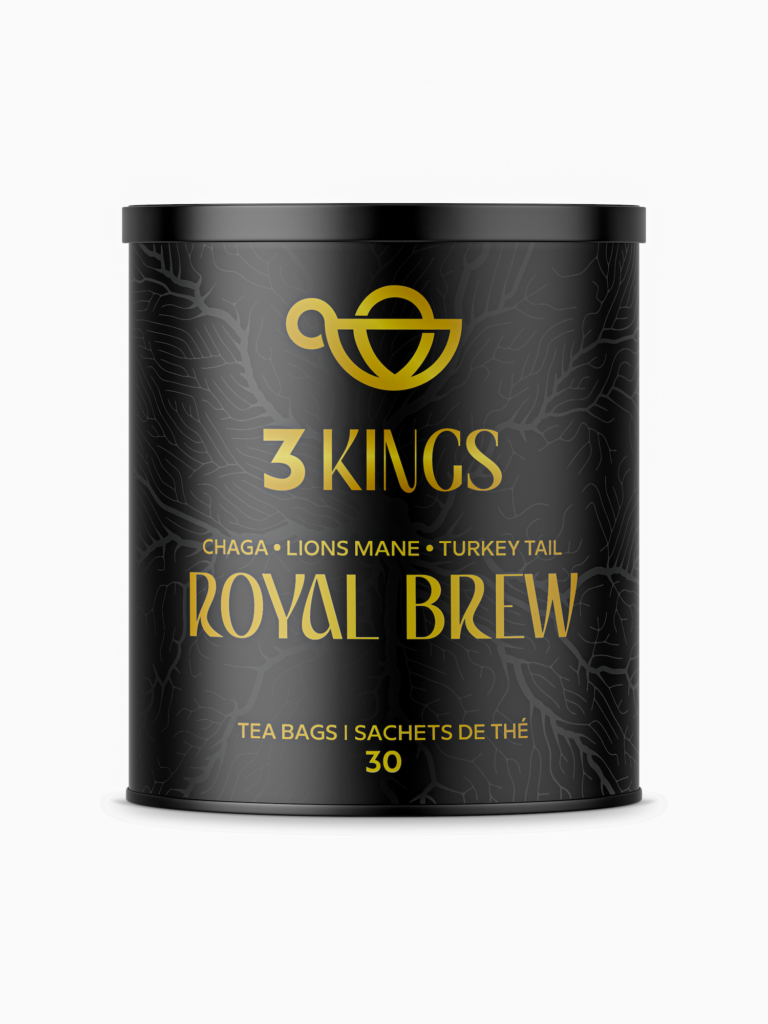Tether, the leading stablecoin issuer, has officially discontinued its support for three different blockchains: Kusama (KSM), Bitcoin Cash’s Simple Ledger Protocol (SLP), and Omni Layer (OMNI). This decision reflects Tether’s commitment to meeting community demands and fostering innovation in the cryptocurrency space.
Tether acknowledges that community interest plays a vital role in determining which blockchains to bring USDT to. The company carefully evaluates various factors, such as security, customer support, compliance, and regulatory oversight, to ensure the security, usability, and sustainability of the chosen blockchain. If a blockchain fails to gain significant traction over an extended period and shows no signs of recovery in usage indicators, maintaining support becomes inefficient and may compromise security and oversight.
Kusama is a test network for the interoperability blockchain Polkadot (DOT). Bitcoin Cash (BCH) is a hard fork of Bitcoin (BTC), and the Simple Ledger Protocol (SLP) is a token system used on the Bitcoin Cash network. Omni Layer, on the other hand, was one of the original sidechain protocols for Bitcoin, aiming to enhance the functionality of the leading cryptocurrency. In fact, it was the first blockchain on which Tether minted USDT.
Paolo Ardoino, Tether’s chief technology officer, expressed the pain associated with the decision to drop Omni as a supported blockchain. He mentioned that the Omni Layer holds sentimental value as it served as the initial transport layer for Tether USDT back in 2014. However, over the years, Omni Layer faced challenges due to the lack of popular tokens and the availability of USDT on other blockchains. Consequently, many exchanges favored alternative transport layers, resulting in a decline in USDT usage on Bitcoin using the Omni Layer. Despite the difficulty of the decision, Tether maintains its principled approach of consistency, transparency, and adherence to open processes.
In the past 24 hours, BCH has witnessed a decline of more than 14% in its value, while KSM has experienced a decrease of over 7%. These fluctuations in value highlight the volatility of the cryptocurrency market.
Tether’s decision to end support for these three blockchains reinforces its commitment to adapt and evolve based on the needs and preferences of the community. By focusing resources on blockchains that demonstrate significant traction and potential for growth, Tether aims to provide a stablecoin that is both secure and widely accessible.
It is important to note that Tether’s decision to discontinue support for specific blockchains does not affect the overall availability and usage of USDT. Tether remains committed to providing a stablecoin that can be easily integrated into various blockchain ecosystems, ensuring the seamless transfer of value across different platforms.
As the cryptocurrency market continues to evolve, Tether’s strategic decisions reflect the dynamic nature of the industry. By evaluating blockchain ecosystems and adjusting support accordingly, Tether aims to contribute to the long-term success and sustainability of the stablecoin market.











